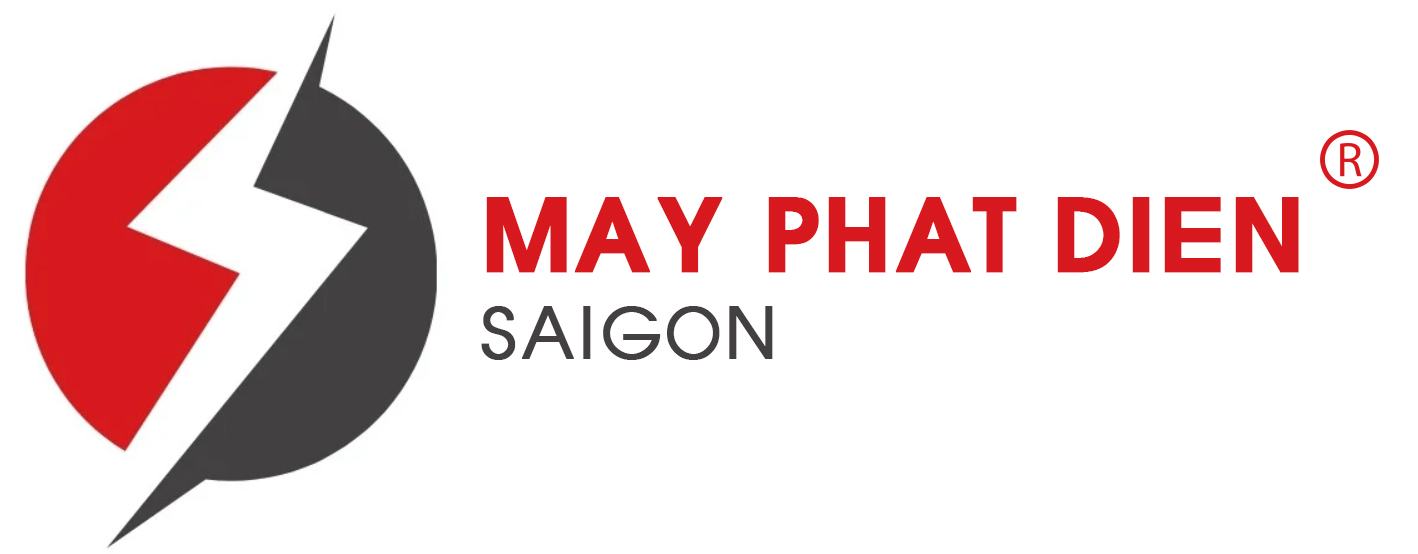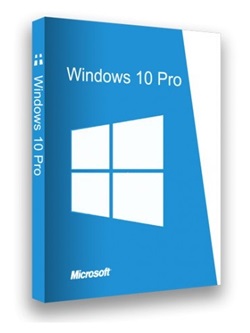Windows 10 Enterprise Overview Windows 10 is a series of personal computer operating systems produced by Microsoft as part of its Windows NT family of operating systems. It is the successor to Windows 8.1 and was released to production on July 15, 2015, and to retail on July 29, 2015. Windows 10 receives new versions continuously, which are available to users at no additional cost. Devices in enterprise environments can receive these updates at a slower rate or use long-term support phases, receiving only critical updates, such as security patches, during the ten-year support lifetime. One of the most notable features of Windows 10 is support for Universal Apps, an extension of Metro-style apps first introduced in Windows 8. Universal apps can be built to run across multiple Microsoft product families with nearly identical code, including PCs, tablets and smartphones. , embedded systems, Xbox One, Surface Hub and Mixed Reality. The Windows user interface has been revised to handle transitions between a mouse-based interface and a touchscreen-optimized interface based on available input devices, especially on 2-in-1 PCs, an updated Start menu that includes traditional features of Windows 7 in both interfaces includes the tiled Start Menu in Windows 8. Windows 10 includes the Microsoft Edge web browser, a virtual desktop system, a window called Task View and a desktop management feature, support for fingerprint authentication and facial recognition, new security features for enterprise environments and DirectX 12. Windows 10 Enterprise features include command prompt keyboard shortcuts! Cortana is more tightly integrated into the Win 10 operating system. The Charms bar has disappeared in favor of a Settings menu in the Start menu. Windows File Explorer main folder has been improved




 37/27
37/27